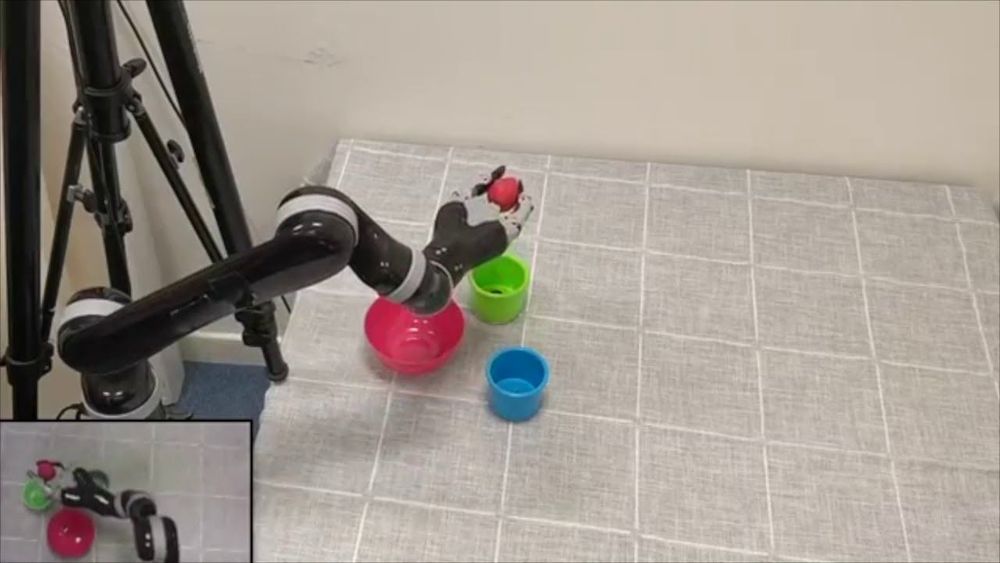Nov 19, 2019
Targeting Gut Microbes May Help Stroke Recovery
Posted by Paul Battista in category: biological
Growing evidence from mouse studies suggests that a healthy microbiome might improve poststroke outcomes.
Growing evidence from mouse studies suggests that a healthy microbiome might improve poststroke outcomes.
The idea that celestial objects exist within utterly immense cosmic structures is becoming inescapable.
Nikola Motor Company designs and manufactures electric components, drivetrains and vehicles including the Nikola One and Nikola Two electric semi-trucks.
On November 2, 12 bottles of Bordeaux wine were launched to the International Space Station (ISS). These bottles are not intended for holiday celebrations by the crew, however (consumption of alcohol is officially prohibited in space.) Instead. the bottles are part of an experiment conducted by the University of Bordeaux’s Institute of Vine and Wine Science (ISVV) and a company called Space Cargo Unlimited to investigate if the aging process of wine is affected by microgravity conditions.
As novel as this experiment sounds, the Bordeaux team is not the first group to examine how alcoholic beverages age in space. That distinction is held by two whisky producers, one in Scotland, the other in Japan. In 2011, Scotch whisky producer Ardbeg partnered with Nanoracks to launch the first whisky aging experiment in orbit. When the samples were returned to Earth in 2014, a clear difference was readily apparent from the control samples that remained on Earth—and not for the better. According to an Ardbeg white paper, the aftertaste was “pungent, intense and long, with hints of wood, antiseptic lozenges and rubbery smoke.” However, Ardbeg was not certain if this was a result of the aging process or other extreme factors that the samples encountered.
In 2015, Japanese whisky producer Suntory also launched whisky samples to be aged on the ISS. One batch of these samples returned to Earth for analysis after a year in orbit, but another batch still remains on the station. Thus far, Suntory has not released any data from these experiments.
After at least a decade of preparations, coal-reliant Poland may be one step away from embarking on its biggest power project ever, with talks on securing the $60 billion in financing entering the final stretch.
Chun Yuan Chiang of IHDpay Group says artificial intelligence cannot completely replace the “high-touch” nature of medical care. However, technology can be helpful in diagnosis or in situations where patients have long, complicated medical histories, he says. Chiang was speaking on a panel with Jai Verma of Cigna International and Dai Ying of GE Healthcare.


“Doomsday prepping”, or “survivalism”, is on the rise in Australia, as it is in the US and UK.
This is despite “preppers” being widely met with ridicule or fear (as the New York Times writes, prepping reality TV shows “are full of people lovingly cradling their weaponry, which in many cases is frighteningly extensive”).

Most humans can learn how to complete a given task by observing another person perform it just once. Robots that are programmed to learn by imitating humans, however, typically need to be trained on a series of human demonstrations before they can effectively reproduce the desired behavior.
Researchers were recently able to teach robots to execute new tasks by having them observe a single human demonstration, using meta-learning approaches. However, these learning techniques typically require real-world data that can be expensive and difficult to collect.
A “missing link” of cellular immortality has been found between single-celled animals, humans and the plant kingdom, according to a new study.
